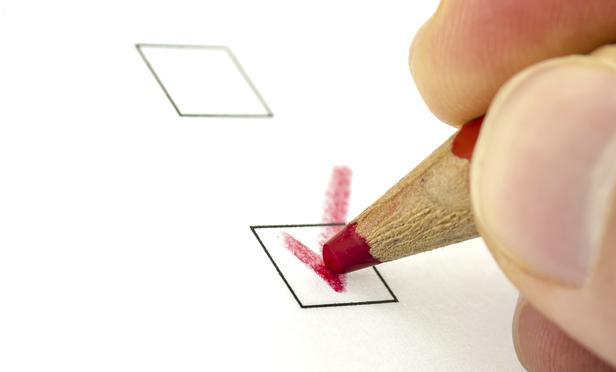E-discovery may have a simple name, but the actual process is highly complex. As demonstrated by the E-Discovery Reference Model (EDRM), there are numerous different steps to a single process, and one technological tool may work better for one part of the process than it does for another.
As a result, it may not make sense to rank e-discovery vendors on a simple “best to worst” continuum, especially given that the best technology choice is unique to each organization. In a recent report, “Critical Capabilities for E-Discovery Software,” Gartner tackled this problem by ranking e-discovery vendors in three main “e-discovery use cases”: complete EDRM e-discovery; data collection, preservation and early case assessment; and legal review.
This content has been archived. It is available through our partners, LexisNexis® and Bloomberg Law.
To view this content, please continue to their sites.
Not a Lexis Subscriber?
Subscribe Now
Not a Bloomberg Law Subscriber?
Subscribe Now
LexisNexis® and Bloomberg Law are third party online distributors of the broad collection of current and archived versions of ALM's legal news publications. LexisNexis® and Bloomberg Law customers are able to access and use ALM's content, including content from the National Law Journal, The American Lawyer, Legaltech News, The New York Law Journal, and Corporate Counsel, as well as other sources of legal information.
For questions call 1-877-256-2472 or contact us at [email protected]



